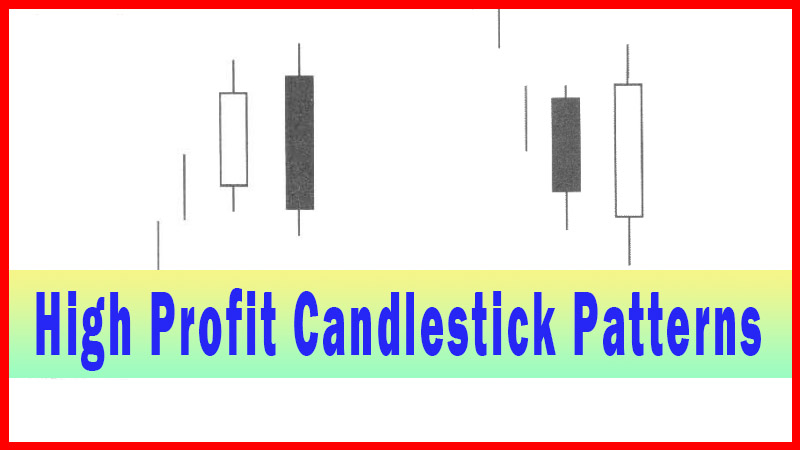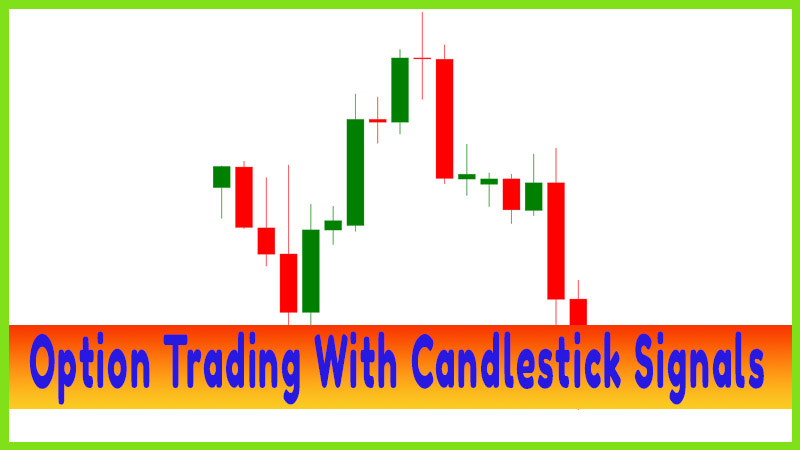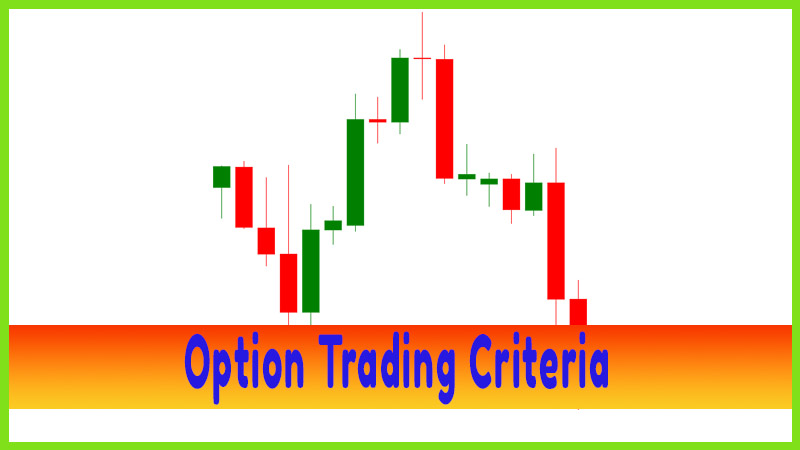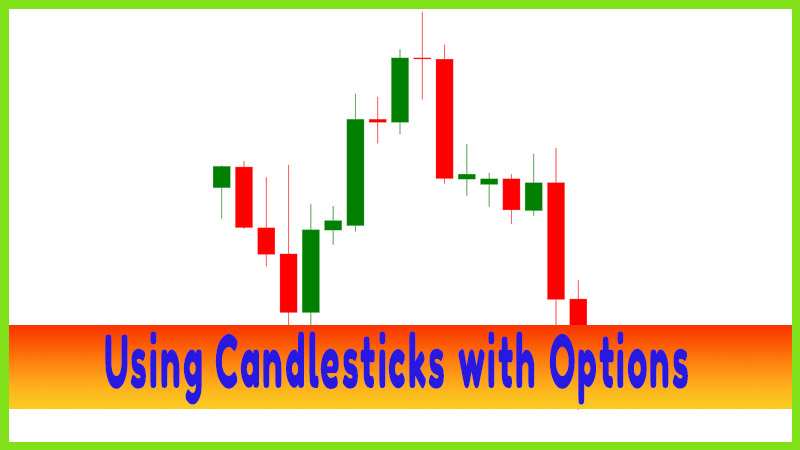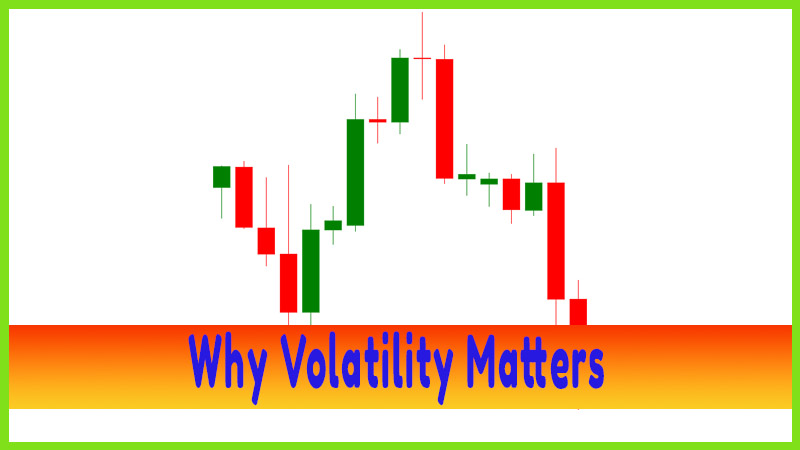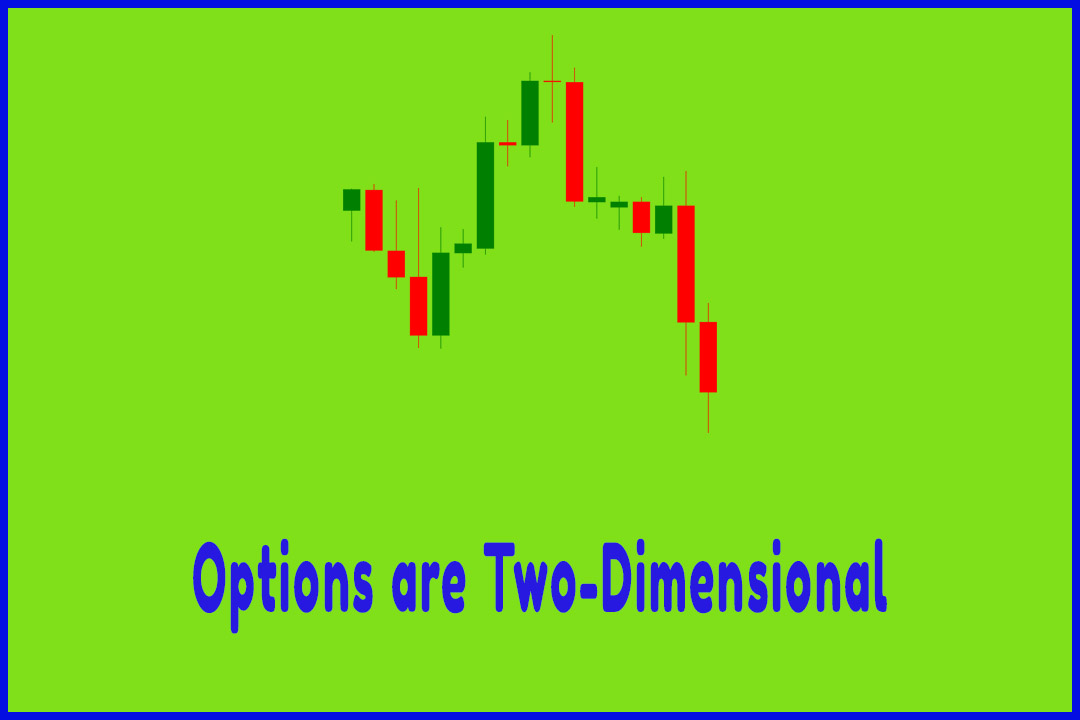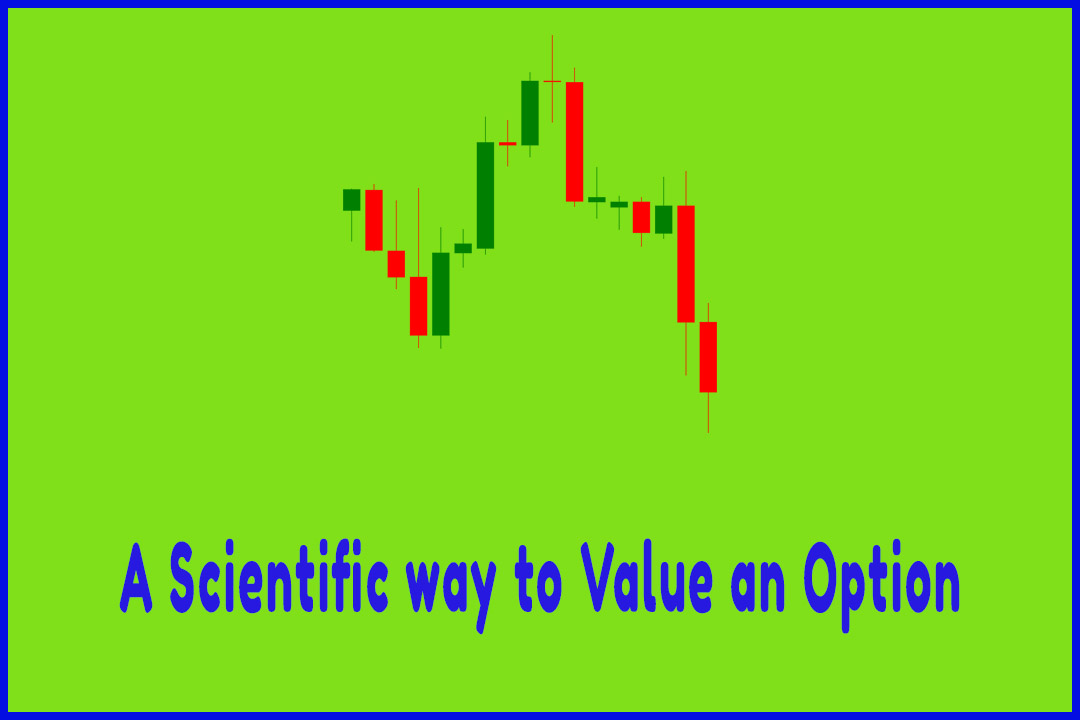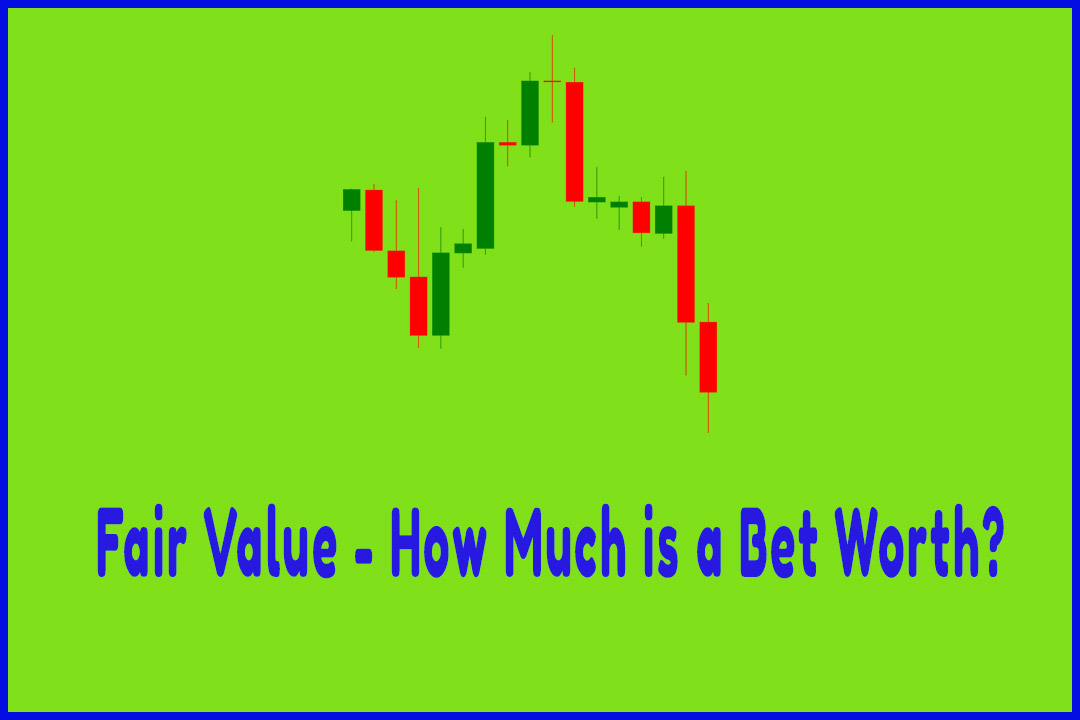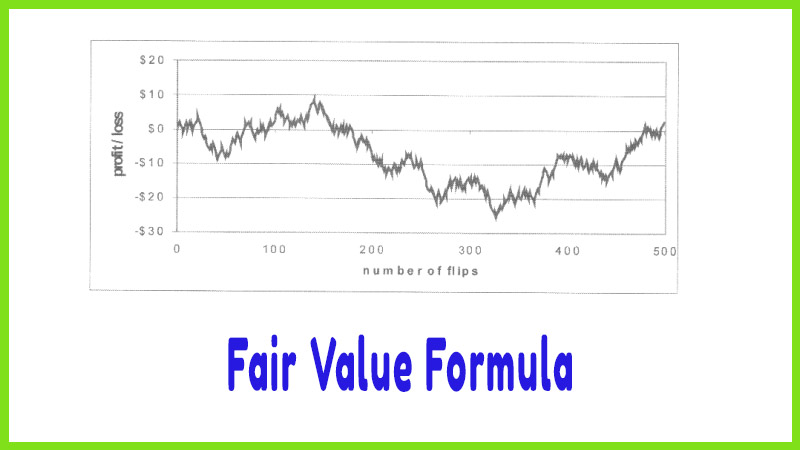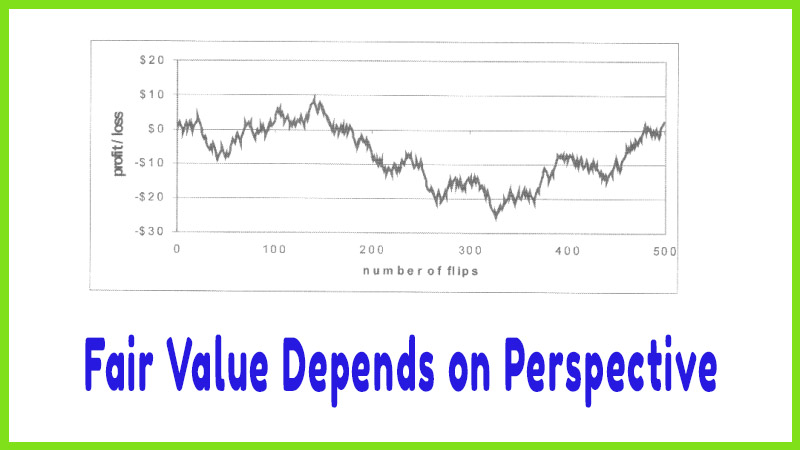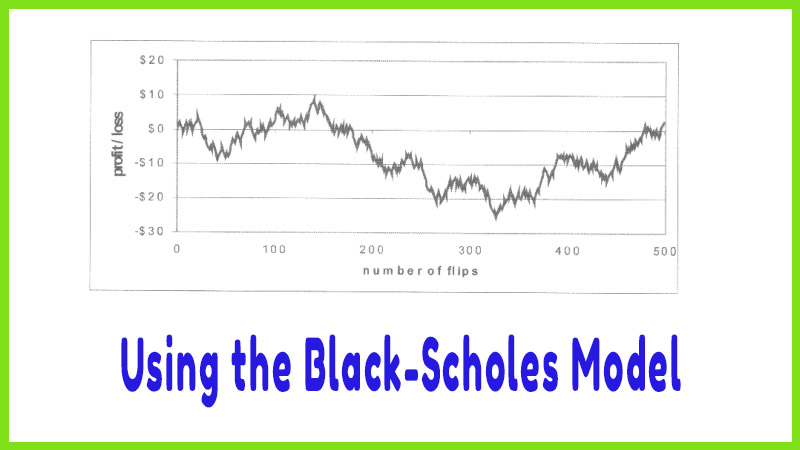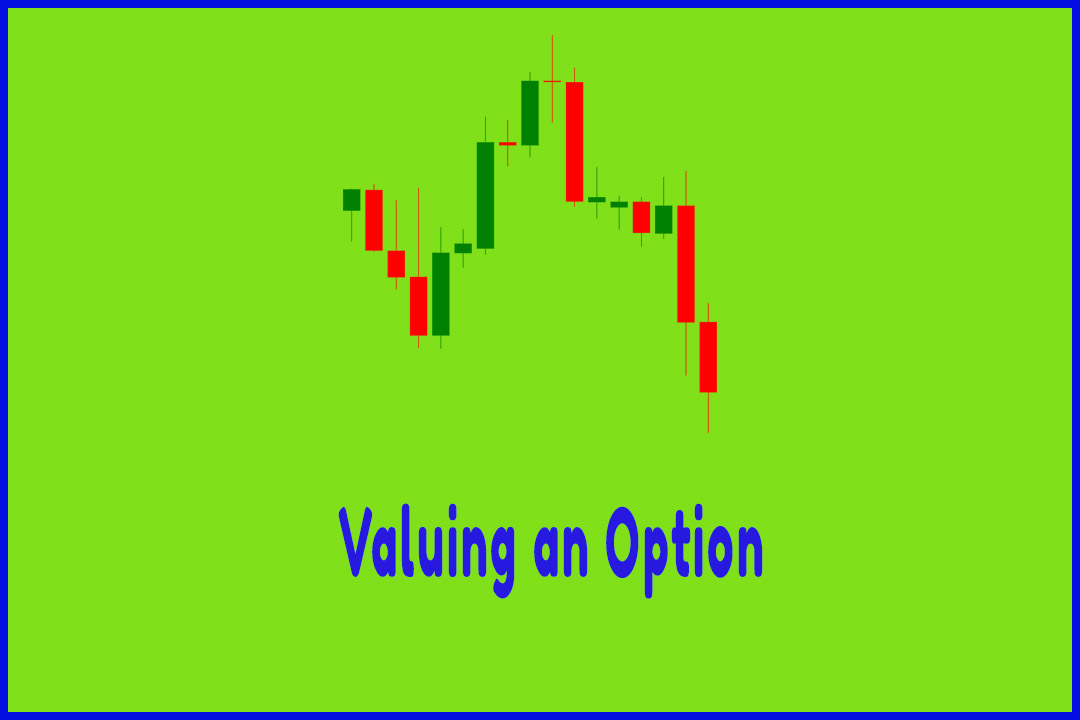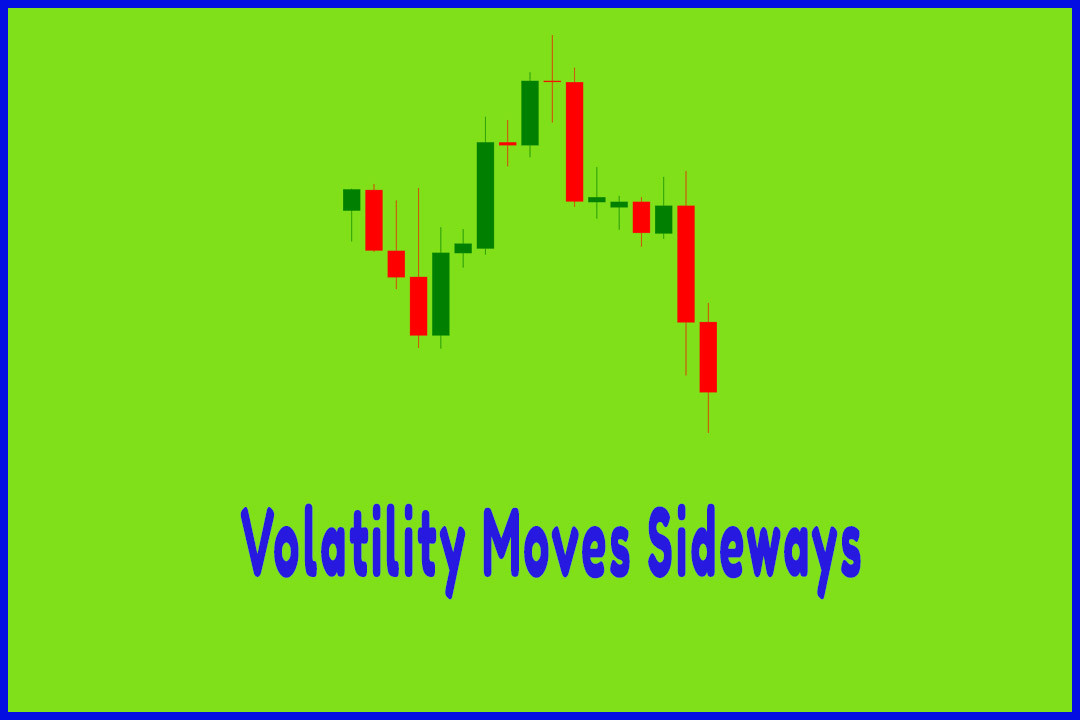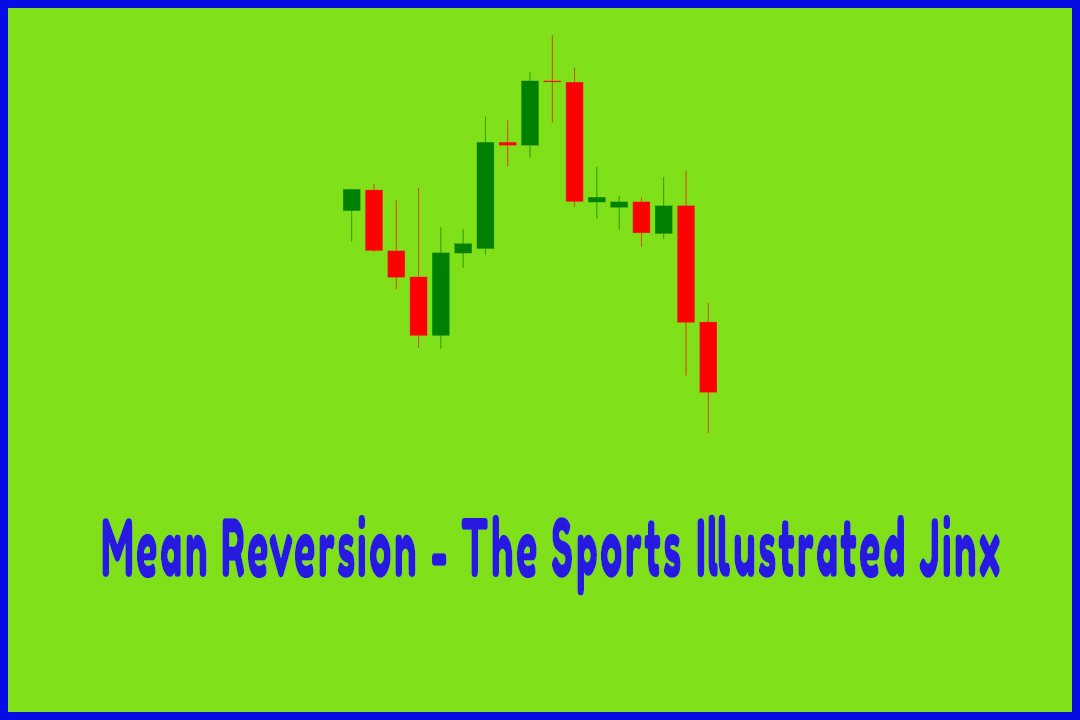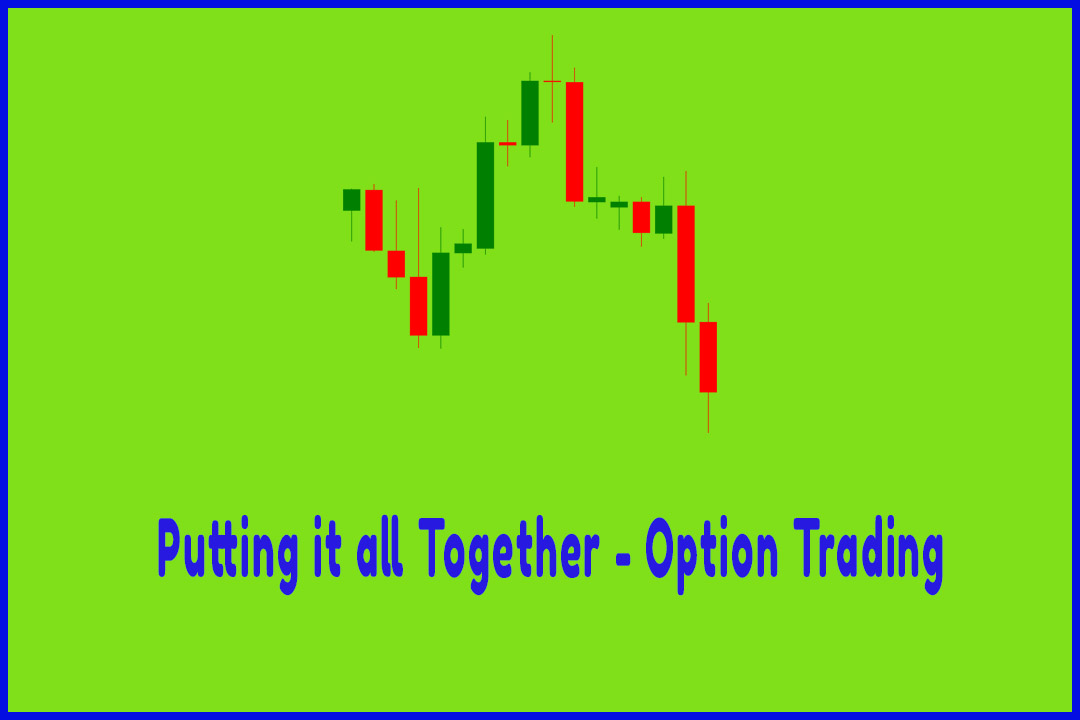The Need for Speed with Option Trading
option trading guidelines, option trading requirements, option trading good for beginners, best option stocks for beginners
Course: [ How To make High Profit In Candlestick Patterns : Chapter 6. Option Trading with Candlestick Signals ]
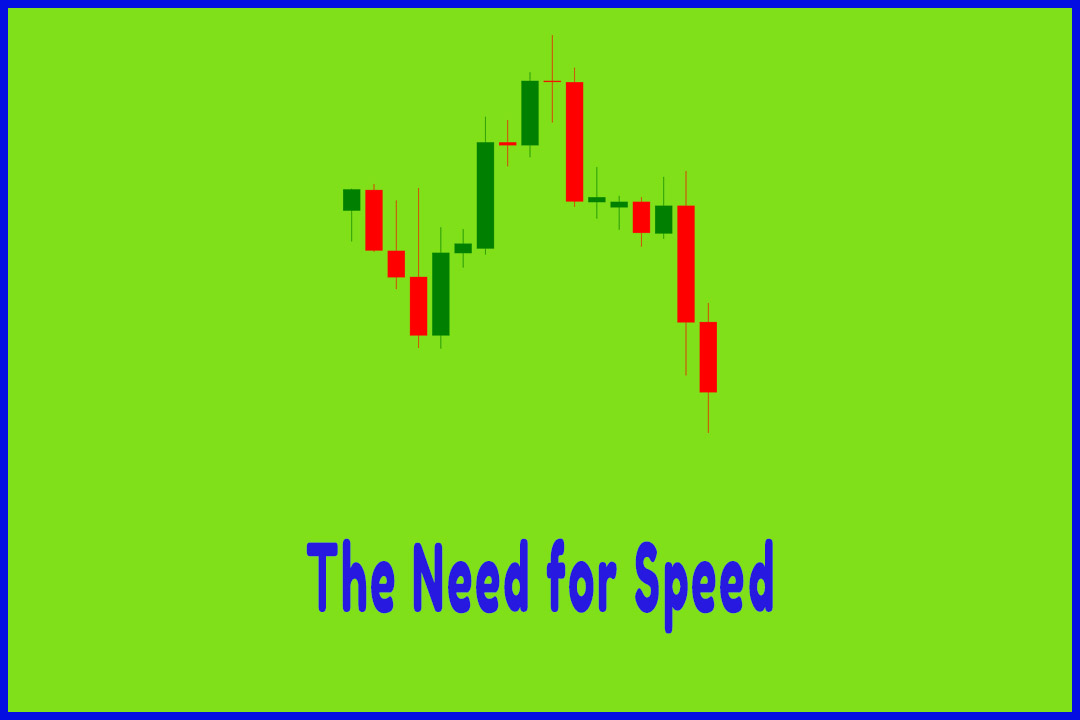
What causes an option to have a speed component to its price? The quick answer is that it has to do with the fact that options have a time premium. The bigger tire time premium, the further the stock must move to recoup the cost.
What
causes an option to have a speed component to its price? The quick answer is
that it has to do with the fact that options have a time premium. The bigger
tire time premium, the further the stock must move to recoup the cost. But that
begs the question why do options have a time premium? In order to understand
why options, have a time premium, consider the following similarity of a
football bet.
Imagine
that you are betting on this year’s Superbowl between the New England Patriots
and Philadelphia Eagles. You do your homework and find that all of the analysts
are predicting that New England will win. To the unwary, this high probability
outlook sounds like it is too easy to make money; all you have to do is bet big
on New England and you’ll walk away richer. But if you attempt this, you’ll
quickly find it is not that easy. The reason is that everybody is reading and
acting on the same information and the crowd will want to bet on New England
too. That means you now have a problem since you cannot find anybody to take
the other side of the bet.
How can
you entice someone to take the other side; that is, to bet on the Eagles? One
of the easiest is to offer a point spread. While nobody is willing to bet on
the Eagles in actual points (or “even up”), people will take the bet if you
create a point spread. For instance, if you offer someone a 7-point spread that
means you must subtract seven points from the Patriots score before comparing
it to the Eagles score (or, equivalently, anybody betting on the Eagles gets to
add seven points to their score). This acts as a handicapping system thus
making it more difficult for the Patriot bettors to win. If the Patriots win
21-14, there is exactly a 7-point spread (the difference in scores) and no
money is won or lost. A bigger difference in scores results in a win for the
person betting on the Patriots while a smaller spread results in a win for the
one betting on the Eagles.
How is
tine spread determined? It is determined by the market. If a bookie posts too
low of a point spread then nobody will be swayed to betting on the Eagles. If
the point spread is too large, then everybody will wish to bet on the Eagles.
It’s only when the point spread is just right - the market price - that bookies
will find an equal number of buyers and sellers and all bets can be placed.
Only when you have a balanced number of buyers and sellers can the bet be
viewed as fair; the crowd is indifferent between betting on one side or the
other.
Now, if
you just think of an option as a directional bet on the stock, let’s see how
this football analogy relates to the options market. If everybody thinks that
VIP stock’s price will rise, then everybody would want to buy call options. In
other words, nobody would be willing to sell those calls. That is, nobody will
sell the calls unless you offer a point spread on the bet. The spread on an
option is somewhat hidden but it is easy to show that it is there. Figure 1
shows that the $31,625 call was asking $3.50. Any trader who buys this option
and exercises it will have a cost basis of $31,625 + $3.50 = $35,125 on the
stock. However, the trader could have elected to buy the stock at the current
price, which gives him a cost basis of $31.41. So the trader who buys the call
needs the stock price to move to $35,125 just to break even at expiration.
In
essence, anybody buying this call is really betting on something more than that
the stock will rise. The buyer of this call is really betting that the stock’s
price will be above $35,125 by expiration since that is the breakeven point on
the option. The stock buyer is really betting that the stock’s price will be
above its current price of $31.41 whereas the call buyer is betting that the
stock’s price will be above $35,125. And those are two very different bets.
Since the
current stock price is $31.41, there is effectively a $35,125 - $31.41 = $3.71
spread on the “bet” at this time. This spread acts in the same way a point
spread does for our earlier football example bet. It is only because of this
$3.71 point spread that a market between buyers and sellers could be created.
If the time premium was higher than $3.50 on that call then we would have too
many people wanting to sell the bet and the price would fall. If the premium
were less than $3.50 then we have too many people wanting to buy the bet and
the price would rise. At a price of exactly $3.50, the number of buyers and
sellers is balanced at that point in time and the bet can be viewed as fair.
Notice
that, at expiration, if the stock rises to $35,125 or less, any trader who paid
$3.50 for the $31,625 call loses the bet - even though the stock’s price rose.
Using the football analogy, you would lose the bet if the Patriots win by less
than the spread. Even though you picked the correct team to win, you still lost
the bet since they did not win by a big enough spread. And this is exactly what
happened to the traders who bought any of the VIP calls in Figure 1 and tried
to sell thirteen days later. Although traders buying the call were correct on
the stock price direction, they accepted too big of a point spread on the bet.
Hopefully,
you are now convinced that volatility matters. Yet most option traders do not
take it into account when assessing the value of a trade. So how does a trader
account for the volatility? That is where the Black-Scholes Model comes into
play.
How To make High Profit In Candlestick Patterns : Chapter 6. Option Trading with Candlestick Signals : Tag: Candlestick Pattern Trading, Option Trading : option trading guidelines, option trading requirements, option trading good for beginners, best option stocks for beginners - The Need for Speed with Option Trading
